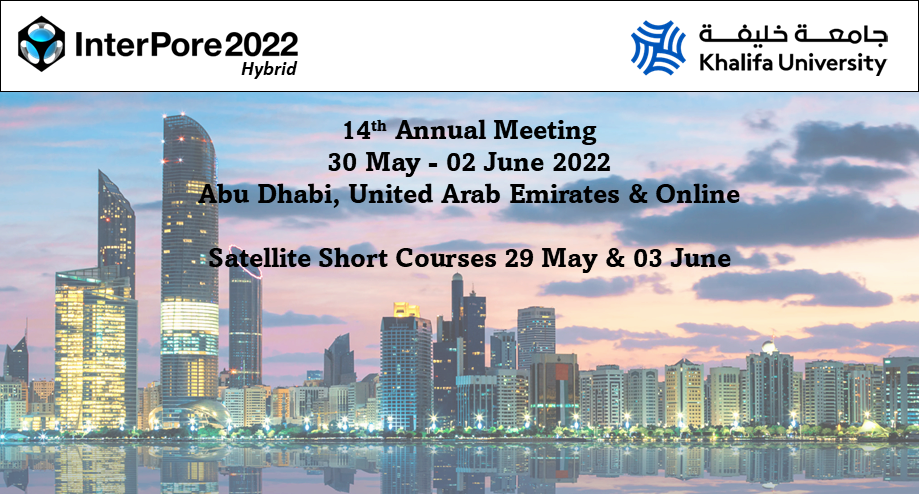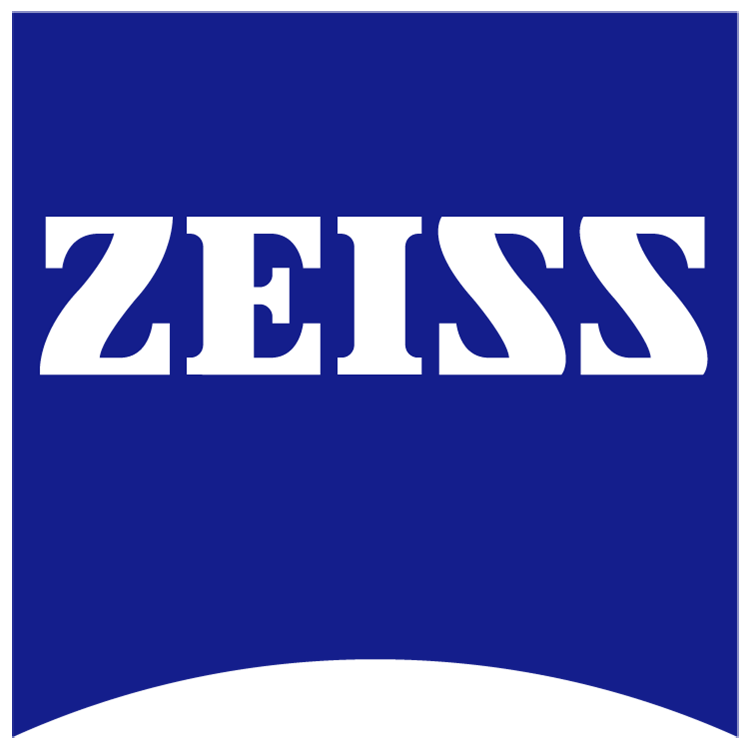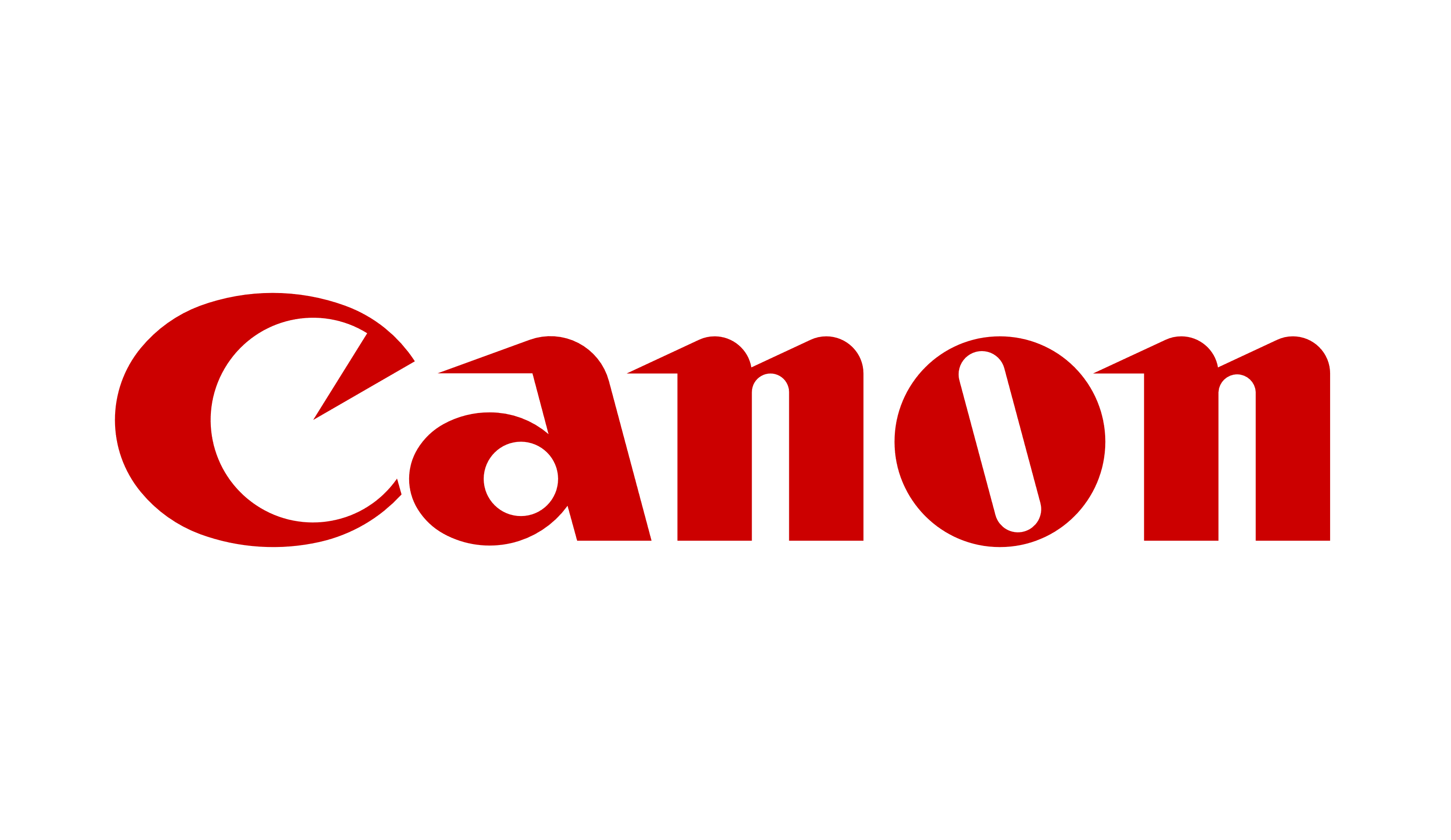Speaker
Description
There are pore and fracture media in a volcanic gas reservoir, and two-phase gas-water flow is possible. However, there are few research on the effect of volcanic reservoir type, capillary number and wettability on 3D gas-water two-phase flow from pore scale. This paper aims to study the distribution, evolution and influencing factors of natural gas in different reservoir media during formation water flow at pore scale. The 3D pore scale model of volcanic rock was established by reconstruction of micron CT scanned images. Based on logging data and NIST(National Institute of Standards and Technology)database, the physical properties of fluids were obtained. The VOF (Volume of fluid) method was used to simulate the gas-water two-phase flow process at pore scale, and the flow laws of gas-water in different reservoir spaces are summarized. The capillary number and wettability were analyzed in the model. The results show that the residual gas in the pore is obviously larger than that in the fracture during the flow process. The increase of capillary number is beneficial to the removal of residual gas. With the increase of wettability angle, the distribution of residual gas at dead-end corners increases.
| Participation | Online |
|---|---|
| Country | China |
| MDPI Energies Student Poster Award | Yes, I would like to submit this presentation into the student poster award. |
| Time Block Preference | Time Block A (09:00-12:00 CET) |
| Acceptance of the Terms & Conditions | Click here to agree |









